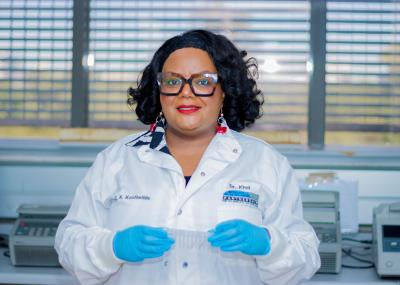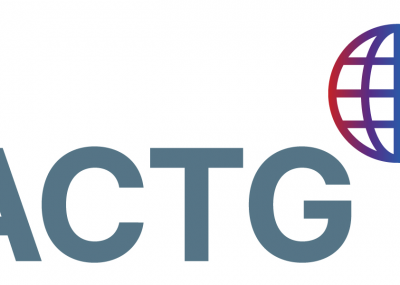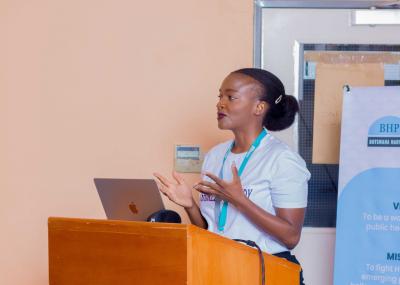Objectives: We sought to determine vaccine antibody titres and the prevalence of hepatitis B surface antigen (HBsAg) in both HIV-positive and HIV-negative infants born to HIV-positive mothers in Botswana.
Design: This was a retrospective cross-sectional study using 449 archived dried blood spot samples from both HIV-positive and HIV-negative infants collected between 2016 and 2018.
Methods: We screened dried blood spot samples for HBsAg and determined hepatitis B surface antibody titres. We determined hepatitis B virus (HBV) genotypes by amplifying 415 base-pairs of the surface region.
Results: HIV-positive infants mounted a significantly lower immune response to the HBV vaccine (P < 0.001). Furthermore, a lower proportion of HIV-positive infants had protective hepatitis B surface antibody titres (74.5%) than HIV-negative infants (89.2%) (P < 0.001). HIV-positive infants were older and 50.9% of them had completed vaccination (P = 0.018). Of the 449 infant samples tested, three (0.67%) were positive for HBsAg. Of the three HBsAg-positive infants, two had protective titres (>10 mIU/ml). Two of the three HBV-positive infants were infected with genotype D3 and had no drug-resistance or escape mutations.
Conclusion: Vaccine response was lower among HIV-positive infants compared with HIV-negative infants. HBV infections were observed in both HIV-positive and HIV-negative infants in Botswana. Studies to investigate additional preventive strategies to reduce HBV mother-to-child transmission are recommended.




